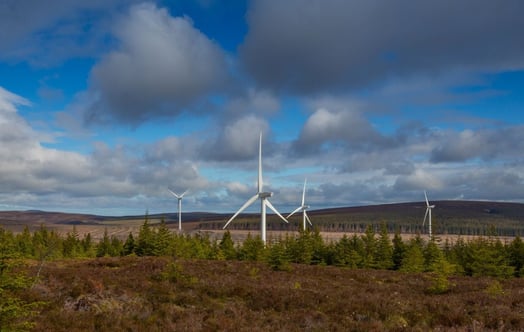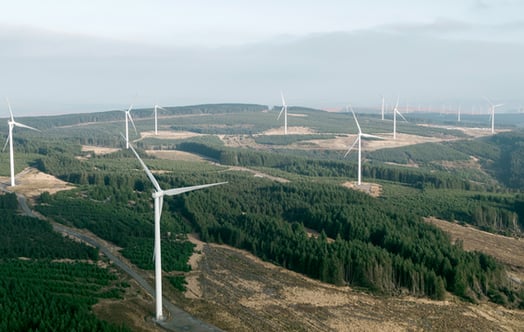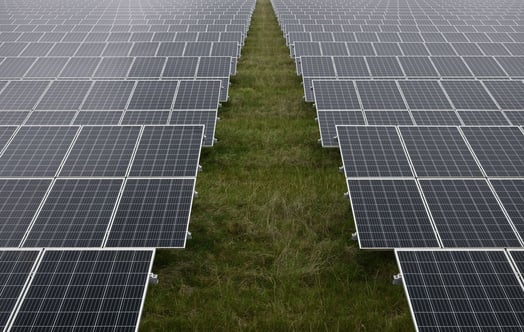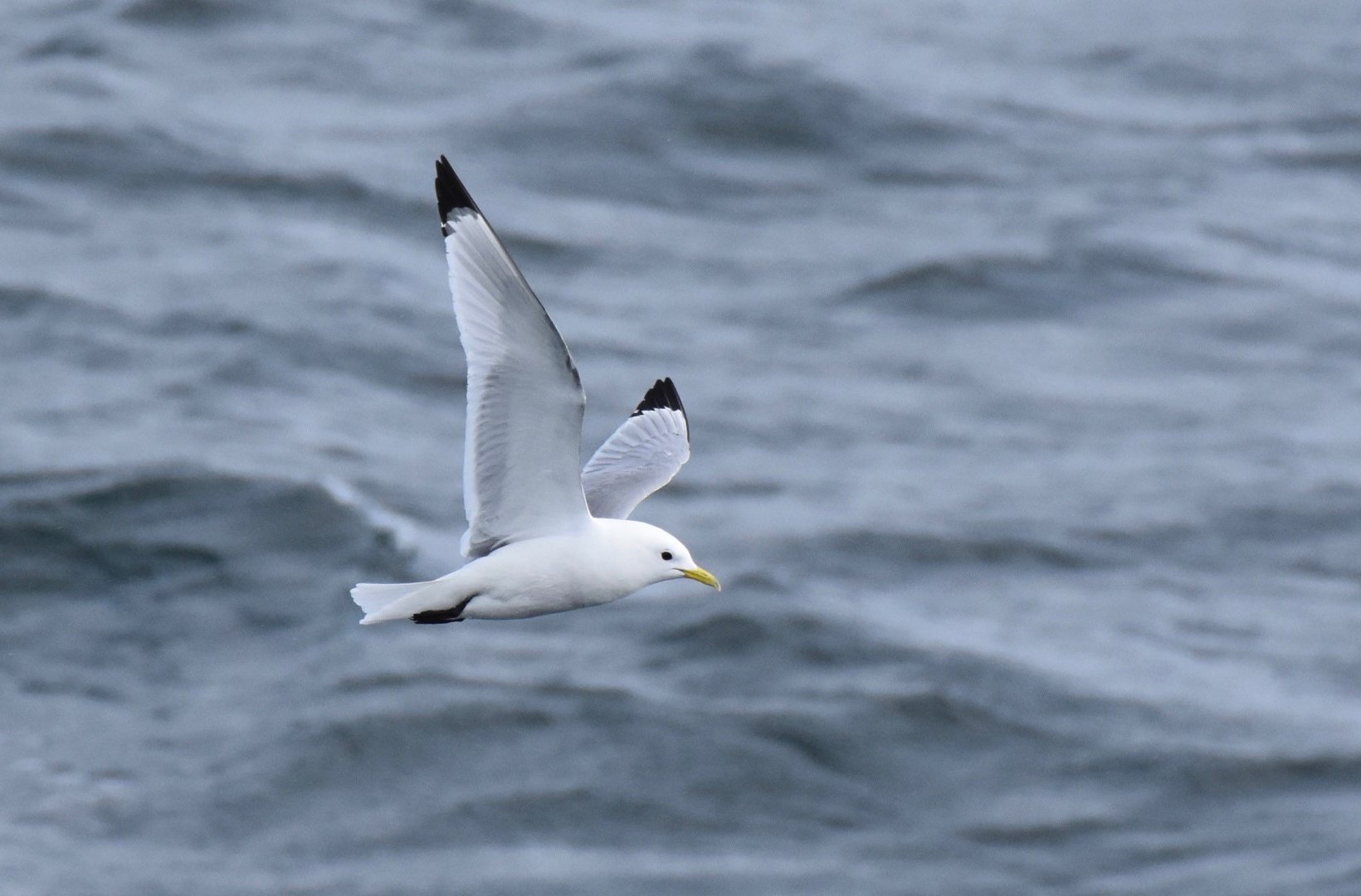
Flying colours – Using colour-ringing on birds to improve our understanding of the impact of offshore wind developments on kittiwakes
A desk-based feasibility study to better understand how Black-legged Kittiwake populations will respond to potential mortality induced by offshore wind farms will kick-off this autumn.
The project, funded by the offshore wind developer Vattenfall and delivered by JNCC, was identified as a priority by the Offshore Wind Strategic Monitoring and Research Forum (OWSMRF) Pilot Year, an industry-led collaborative partnership developing research on the effects of offshore wind development on marine birds.
Kittiwakes are a long-lived species, spending most of their time foraging at sea and nesting on steep coastal cliffs. This means that acquiring sufficient knowledge on how their colonies and populations are faring can be challenging. Our poor understanding of the life of individuals is limiting our ability to predict how resilient kittiwake populations might be to any additional mortality caused by offshore wind farms.
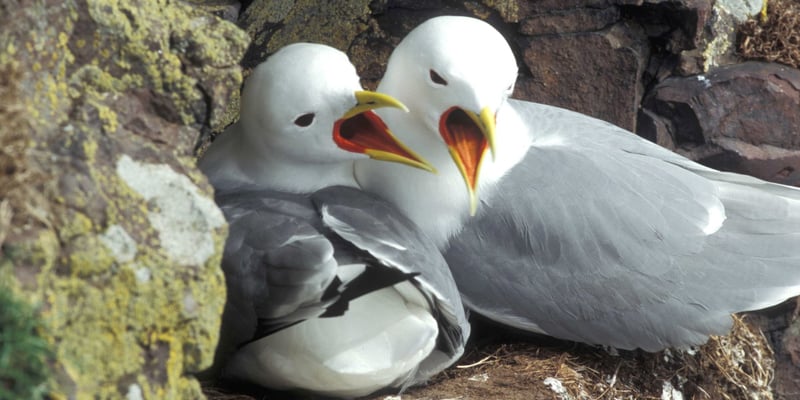
Kittiwakes. Photo credit: Matt Parsons.
Dr Helen Baker, JNCC Marine Species Team Leader, said:
“This is an exciting project, that would not have been possible without the positive collaboration between industry, government advisers and academic partners through OWSMRF. It’s great to see Vattenfall fund the research and we are delighted to help them secure high quality, independent science. We hope that other research projects identified by OWSMRF will be taken forwards by industry in future.”
Following individual birds throughout their life cycle using a conspicuous marking system helps record information of where kittiwakes nest, what colonies they visit during the breeding season, whether they have survived or not from one year to the next. Colour-ringing, which is safe for the birds, offers a useful approach to address these questions: birds are equipped with a rigid colour ring that has a unique combination of letters and numbers and can be viewed at a distance with binoculars or a telescope, enabling that bird to be identified without recapturing it.
Dr Lise Ruffino, JNCC project manager, said:
“While colour-ringing is commonly used in the UK and elsewhere to learn about kittiwake biology and movements, it remains unknown how much ringing and re-sighting effort needs to be deployed at the breeding colonies in order to obtain robust demographic information on UK kittiwake populations. This project will specifically address these questions by bringing in the best knowledge and expertise in the field.”
This project is a feasibility study to inform kittiwake researchers and reserve managers on how many kittiwakes need to be ringed and re-sighted, how often and where, in order to improve our confidence in understanding the possible impact of offshore wind farms on kittiwake populations.
Jesper Kyed Larsen, Vattenfall project manager, said:
“A solid and up to date understanding of how kittiwake populations work is crucial to assessing the potential impacts of offshore wind development. It is our hope this study can help pave the way for a better evidence base for decision making to the benefit of both offshore wind development and kittiwakes.”
Hero photo credit: Mark Lewis

